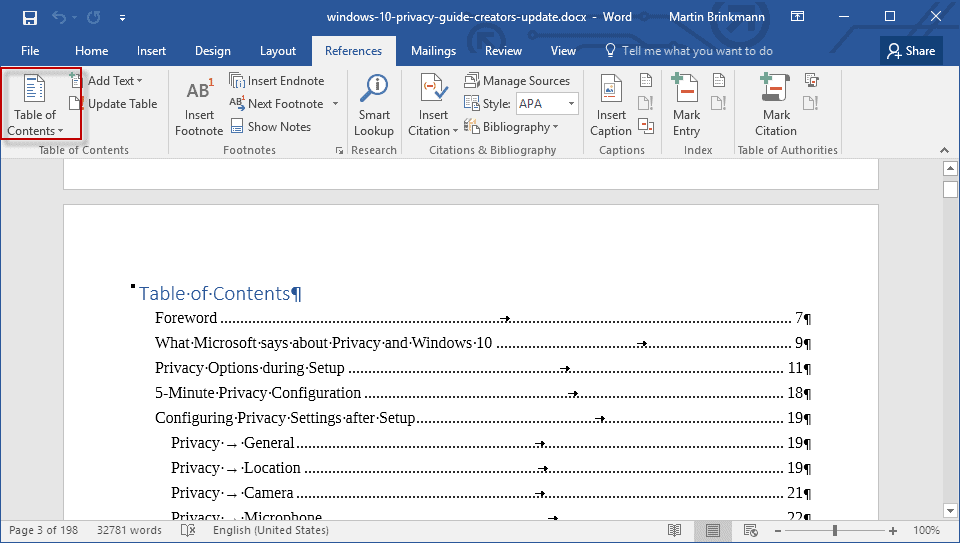

Define the groups and controls that appear on the tab For more information, see Configure an add-in to use a shared runtime. Specify the circumstances when the tab will be visible.Ĭonfigure the add-in to use a shared runtimeĪdding custom contextual tabs requires your add-in to use the shared runtime.Register the contextual tab with Office.Define the tab and the groups and controls that appear on it.

#Contextual tabs word 2016 code#
You can use the runtime checks in your code to test whether the user's host and platform combination supports these requirement sets as described in Runtime checks for method and requirement set support.
#Contextual tabs word 2016 how to#
For more about requirement sets and how to work with them, see Specify Office applications and API requirements. You can use the Navigation pane to move around your document quickly.Custom contextual tabs work only on platforms that support the following requirement sets. How do I open the Navigation pane?Ĭlick the View tab and then click Navigation Pane in the Show group. You can use the Styles pane to apply styles to your document. For example, the tabs you need to modify a table only appear when your insertion point is located within a table.Ĭlick the dialog box launcher in the Styles group. In Microsoft Word, some tabs, called contextual tabs, only appear when you need them. If you drag the pane to the left or right edge of the Word window, it will lock-or dock-in place. When you see the four-sided arrow, use it to drag the pane to another location. When you place your mouse pointer at the top of a pane, the mouse pointer turns into a four-sided arrow. You can dock panes along the sides of the Word window.

Use the Navigation pane to move around your document quickly. Two popular panes are the Styles pane and the Navigation pane. Panes provide a convenient way to select options. In this section, I introduce you to them. Author: Sharlie Last modified: November 10 2015Īs you use Word, you will encounter panes and contextual tabs.


 0 kommentar(er)
0 kommentar(er)
